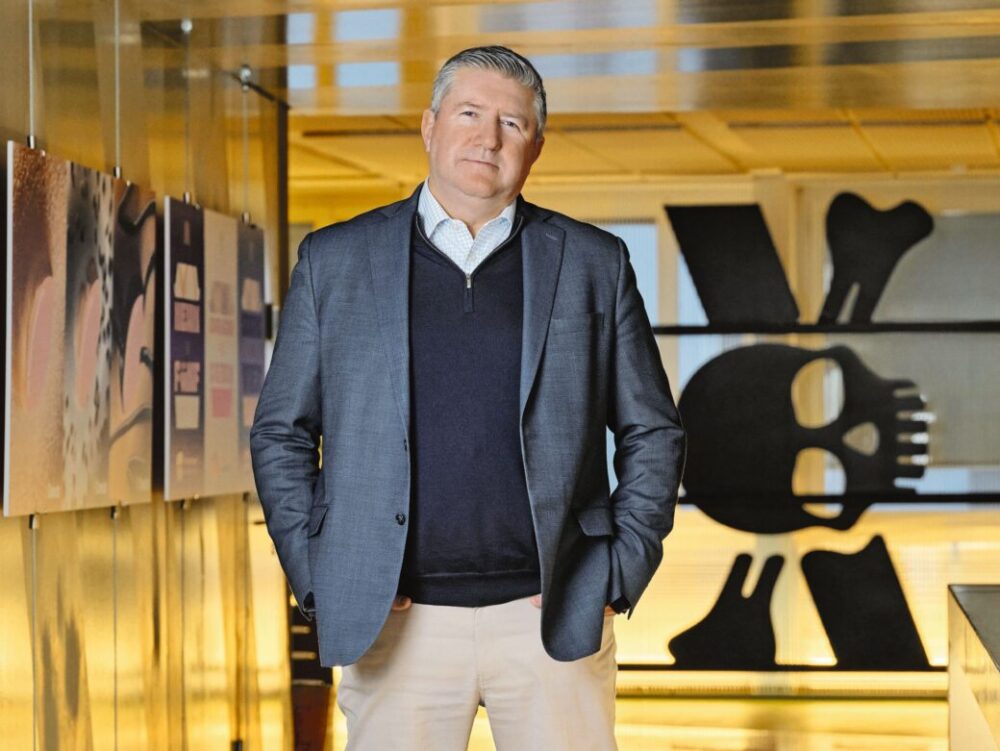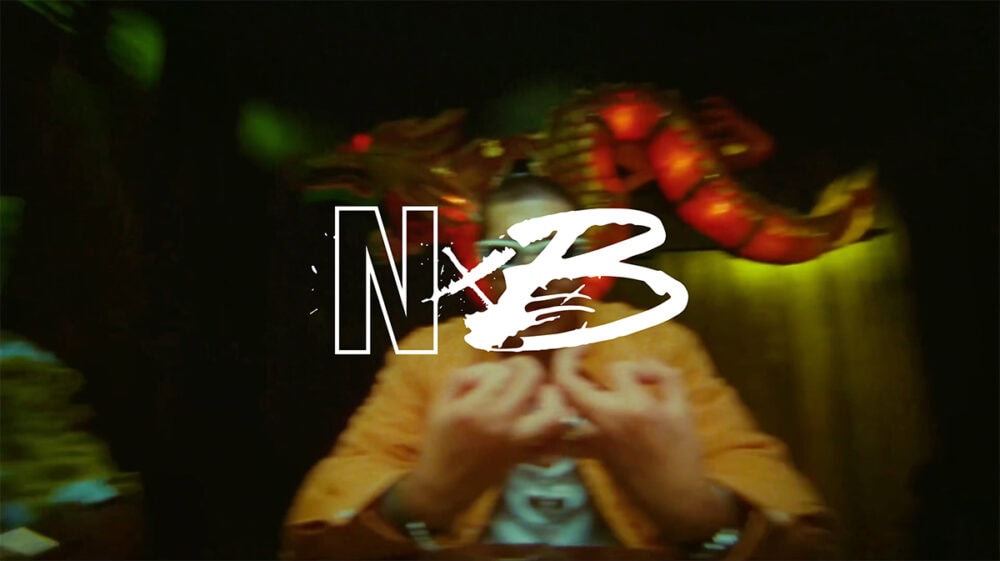"Anyone who comes to Yellow for a title is in completely the wrong place".
The strategic creative agency Yellow is transforming the organization. Inspired by holocratic models, the company replaces classic functions with roles and hands over responsibility to autonomous teams. The composition of the teams is determined by the client's task. Werbewoche.ch asked agency head Reto Meyer.

Client service director, advertising assistant, junior art director, screen designer, creative director, senior copy writer, traffic manager, account manager and so on: these functions no longer exist in Yellow. Even more radical: there are no functions at all anymore. The strategic creative agency in Basel has opted for an organizational model based on the characteristics of holocratic principles. "The explanations of Frédéric Laloux in. The reinvention of the organization convinced me completely and motivated me to take this step," says owner Reto Meyer, explaining his decision.
"The previously common organization, in which the same group was always responsible for a client, has considerable disadvantages given the complexity of today's challenges." Reto Meyer sees a very high probability with the old model of not having the necessary talent represented on a particular mandate. In addition, in the past, certain functionaries would have had to take on tasks that did not suit them one hundred percent, which would have reduced the quality of the work or weakened the persuasive power vis-à-vis the customer.


Yellow's model works very simply. Depending on the customer's task, required prior knowledge, individual talent and personal interest, Yellow employees take on different roles. For example, there are moderators, treasurers, digitizers, ambassadors or scribes. The composition of the teams depends entirely on the task at hand. In order to share the responsibility towards the client, the teams organize themselves at the start of the project.
The ambassadors are responsible for contact with the customer. The team member who has the best connection to the customer or the most profound knowledge of the industry takes on this role. Important decisions in the project are always made by the team. Yellow is convinced that this results in more mature and creative solutions than when only individual functionaries make decisions.
"The organization is still young. But we are learning to deal with it better every day," Reto Meyer admits. However, he is in no doubt about the need to reinvent itself, and the experience of the first few months makes him very confident.
How does the organizational structure work in practice? Werbewoche.ch talked to agency founder Reto Meyer about the realignment.

Werbewoche.ch: Reto Meyer, when did you get the idea to "turn the agency's organizational structure on its head" and go down new, modern paths in this regard?
Reto Meyer: My claim with the Merger of WS and BSSM in June 2018 was to found a "new" agency. I was looking for organizational forms in which I, as the boss, am not the bottleneck, no energy is dissipated by internal trench warfare or garden-variety fights, and every employee can realize his or her full potential for the benefit of the client. That's why I have intensively studied other forms of organization, looked at companies that live holocracy and sketched out my own version.
Did another Swiss agency serve as a model for the new organizational model, or is this one new to creative agencies in Switzerland?
The trigger was Frederic Laloux's "Reinventing Organization". I was fascinated by the cases from different industries and sectors described in the book. During a conversation with Ivo Bättig from Unic, I was able to convince myself that it not only reads well in the book, but can be implemented in practice.
Job titles probably play a more important role for employees than they do for the agency - for the resume or business card, for example. Are you not worried that Yellow will lose its appeal as an employer?
Anyone who comes to Yellow because of a title is in completely the wrong place. Our employees are with us because they identify with the agency's purpose and want to contribute their talents to the fullest. I am convinced that our organization increases job satisfaction and I think that my assumption would be confirmed by many HR experts. Here's a quote: "When we tell people to do their jobs, we get workers. When we trust people to get the job done, we get leaders".
Will you continue to be hired as a creative director in the future, or do these designations continue to exist on paper?
Important decisions are always made by the team. This also includes the issues that were decided by every type of director in classic organizations. Diversity not only increases the range in which solutions are sought, but also the assessment from go-not to award-winning.
Does the new organizational form change the way you recruit new employees or their requirements?
We don't post a job description or a job title, but rather state the talents that the new person must bring to the table. Right now, this seems to be coming up on its own. Lately, we've been getting blind applications where people refer to our roles they see themselves in. Yellow's last three hires were all such blind applications.
Do employees even feel the need to slip into different roles - or do they - depending on their personality - not like working in their traditional little garden?
Every opportunity takes time. Of course, this is also the case at Yellow. And that applies to team members who have been with us for a long time as well as to new ones. The management team is aware of this fact and provides motivational support.
Does much change in practice, or do copywriters now simply call themselves writers and consultants ambassadors?
By their very nature, certain traditional functions required the same talents we need today. A writer, however, has many other talents besides writing. To stay with this example, he or she can take on the role of moderator, ambassador, or advocatus diaboli in a team.
Does the model allow employees to work on projects in completely different areas than they have in their previous careers?
In fact, this is very likely. Because at Yellow, employees are not reduced to their job description and the corresponding box in the organization chart. The top priority is an employee's contribution to solving a clearly defined problem.
When responsibility, decision-making power and hierarchy are reduced and distributed, individuals always have to relinquish some of it. Can't that also lead to dissatisfaction in an agency?
Dissatisfaction arises when an employee does not feel fully respected. This can arise from rejection of a suggestion or criticism of the work. In an organization without hierarchies, there are no winners and losers. The team defines the common goal and roles at the beginning of a project. Success is therefore always shared.
You write that the experience of the first few months makes you very confident. How has the day-to-day work at the agency changed?
As mentioned at the outset, we at Yellow are at the beginning of our journey to becoming a "new" organization. The learning curve is beginning to rise. You can see that the exchange among each other has become more intensive. I see long-time employees in new roles - which makes me extremely happy. In some cases, I am discovering talents that I was previously unaware of. Communication is certainly a challenge. However, Slack is also helping us in this regard, and we are increasingly involving the customer directly in this as well.








